Wireless Emergency Alerts
Emergency Alert System
NOAA Weather Radio
Integrated Public Alert and Warning System
FEMA Mobile App
Related Content
When emergencies strike, public safety officials use timely and reliable systems to alert you. This page describes different warning alerts you can get and how to get them.
Wireless Emergency Alerts (WEAs)
Wireless Emergency Alerts (WEAs) are short emergency alerts authorities can send to any WEA-enabled mobile device in a locally targeted area. Alerting Authorities who are authorized to send WEAs include state, local, tribal, and territorial public safety officials, the National Weather Service, the National Center for Missing and Exploited Children and the President of the United States.
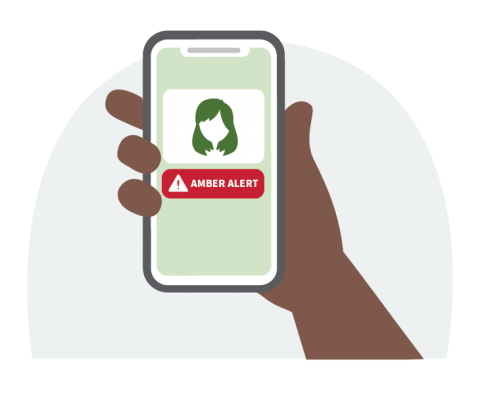
- WEAs look like text messages but are designed to get your attention with a unique sound and vibration repeated twice.
- WEAs are not affected by network congestion and will not disrupt texts, calls or in progress data sessions.
- You are not charged for receiving WEAs, and there is no need to subscribe.
- WEAs are sent through FEMA’s Integrated Public Alert and Warning System.
- Children will also receive alerts on their WEA-enabled mobile devices. Parents and guardians, talk to your children about WEA Alerts and staying safe in an emergency. A fact sheet about WEAs for kids can be found here.

If you are not receiving WEAs here are some tips to troubleshoot your mobile device:
- Check the settings on your mobile device and review your user manual (you may be able to find this online too).
- Older phones may not be WEA capable, and some cell phone models require you to enable WEAs.
- Some mobile service providers call these messages “Government Alerts,” or “Emergency Alert Messages.”
- Check with your wireless provider to see if they can resolve the issue.
- All major phone providers and some smaller providers participate in WEA.
- Federal Communications Commission (FCC) registry of WEA providers.
To provide comments or concerns about WEAs sent in your area contact local officials directly.
Emergency Alert System (EAS)
The Emergency Alert System (EAS) is a national public warning system that allows the president to address the nation within 10 minutes during a national emergency. Other authorized federal, state, local, tribal and territorial alerting authorities may also use the system to deliver important emergency information such as weather information, imminent threats, AMBER alerts and local incident information targeted to specific areas.
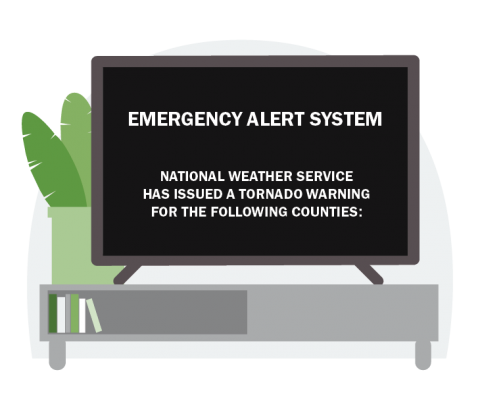
- The EAS is sent through broadcast TV and radio, satellite digital audio services, direct broadcast satellite providers, cable television systems and wireless cable systems.
- The President has sole responsibility for determining when the national-level EAS will be activated. FEMA and the FCC are responsible for national-level tests and exercises.
- The EAS is also used when all other means of alerting the public are unavailable.
NOAA Weather Radio (NWR)
NOAA Weather Radio All Hazards (NWR) is a nationwide network of radio stations that broadcast continuous weather information from the nearest National Weather Service office based on your physical location.
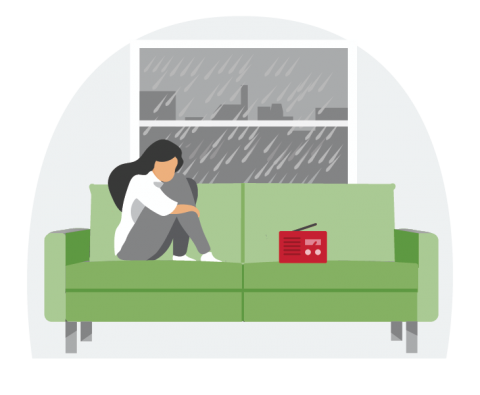
- NWR broadcasts official warnings, watches, forecasts and other hazard information 24 hours a day, seven days a week.
- NWR also broadcasts alerts of non-weather emergencies such as national security or public safety threats through the Emergency Alert System.
Integrated Public Alert and Warning System (IPAWS)
The Integrated Public Alert and Warning System (IPAWS) is FEMA’s national system for local alerting. It gives federal, state, local, tribal, and territorial public safety agencies the ability to send WEAs, EAS alerts, weather and non-weather-related emergency messages simultaneously through NOAA weather radios, and alerts through systems like sirens and digital billboards.
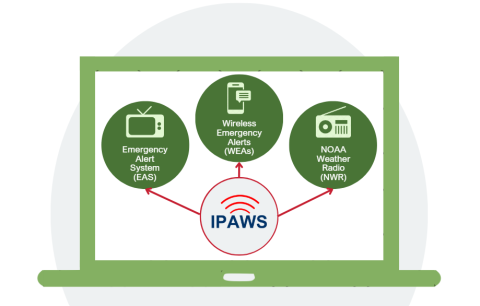
- IPAWS empowers local Alerting Authorities to send their own emergency alerts. FEMA does not review, edit or approve alerts.
- There are no costs to receive or send alerts sent through IPAWS. Alerting Authorities may incur minimal costs to purchase IPAWS compatible software.
- IPAWS alerts can be locally targeted to ensure only devices in the affected area receive the alert.
FEMA Mobile App
The FEMA App allows you to receive real-time weather and emergency alerts, send notifications to loved ones, locate emergency shelters in your area, get preparedness strategies and more.
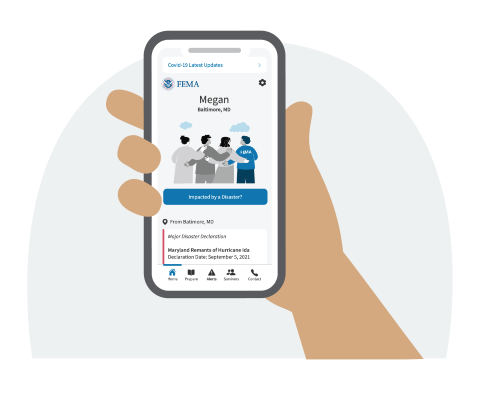
- Receive real-time weather and emergency alerts from the National Weather Service for up to five locations nationwide.
- Find a nearby shelter if you need to evacuate to a safe space.
- Find out if your location is eligible for FEMA assistance, find Disaster Recovery Center locations, and get answers to your most pressing questions.


